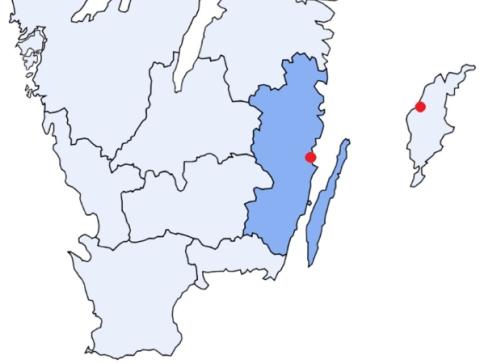Hydrogen for Ferries (SE)
Certain industries or transport sectors, such as shipping and the maritime sector, are hard to decarbonise by electrification, and as a result, call for other solutions. Sweden’s largest island, Gotland, has a ferry line to Kalmar County at the port of Oskarshamn, and there are currently initiatives in place to replace fossil fuels on this route.
Hydrogen as Fuel in the Maritime Sector
At the end of August, Energy Agency Southern Sweden participated in a seminar on hydrogen for ferries. The program covered a broad range of topics, such as governmental support for energy transition, technical and economical prerequisites for producing green hydrogen, possibilities of oxygenating seabeds, impact on the energy system, and port logistics for large-scale hydrogen implementation.
In a joint project between the ferry company and a university, they studied issues such as:
- Refueling under special conditions: short time slots, limited space available in ports and passengers near the vessels.
- Multi-fuels use: transition from fossil fuels to hydrogen by using a combination of fuels such as LNG/LBG until there is a sufficient supply of hydrogen available.
- Cost of transition from fossil fuels to hydrogen.
It will be very interesting to follow this project and how future fuel supplies will influence the decarbonisation of the shipping industry as well as ports in general, and in our region in particular.
Currently in Kalmar County, there is hydrogen production at the nuclear power plant in Oskarshamn. Increased utilisation of hydrogen in shipping as well as other areas might very well stimulate more production in the region.
For more information on the ferry initiative, see Destination Zero.

